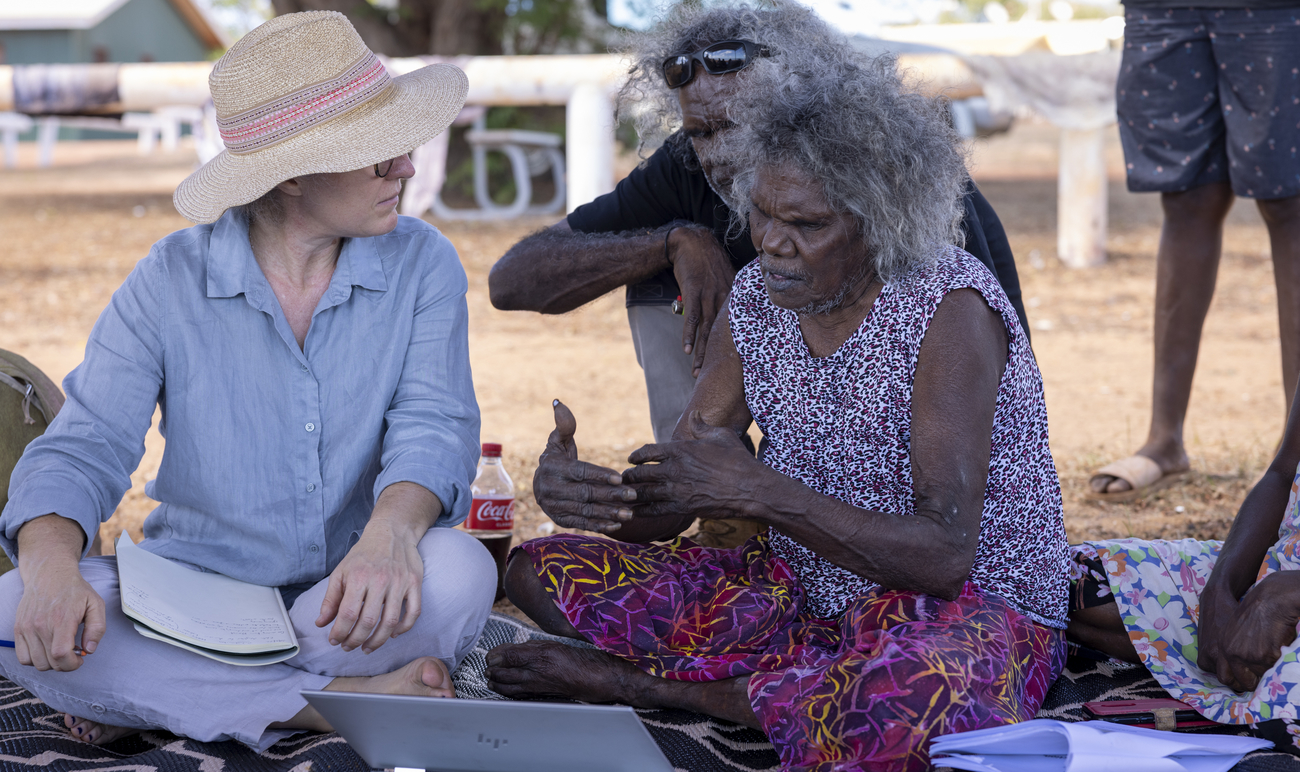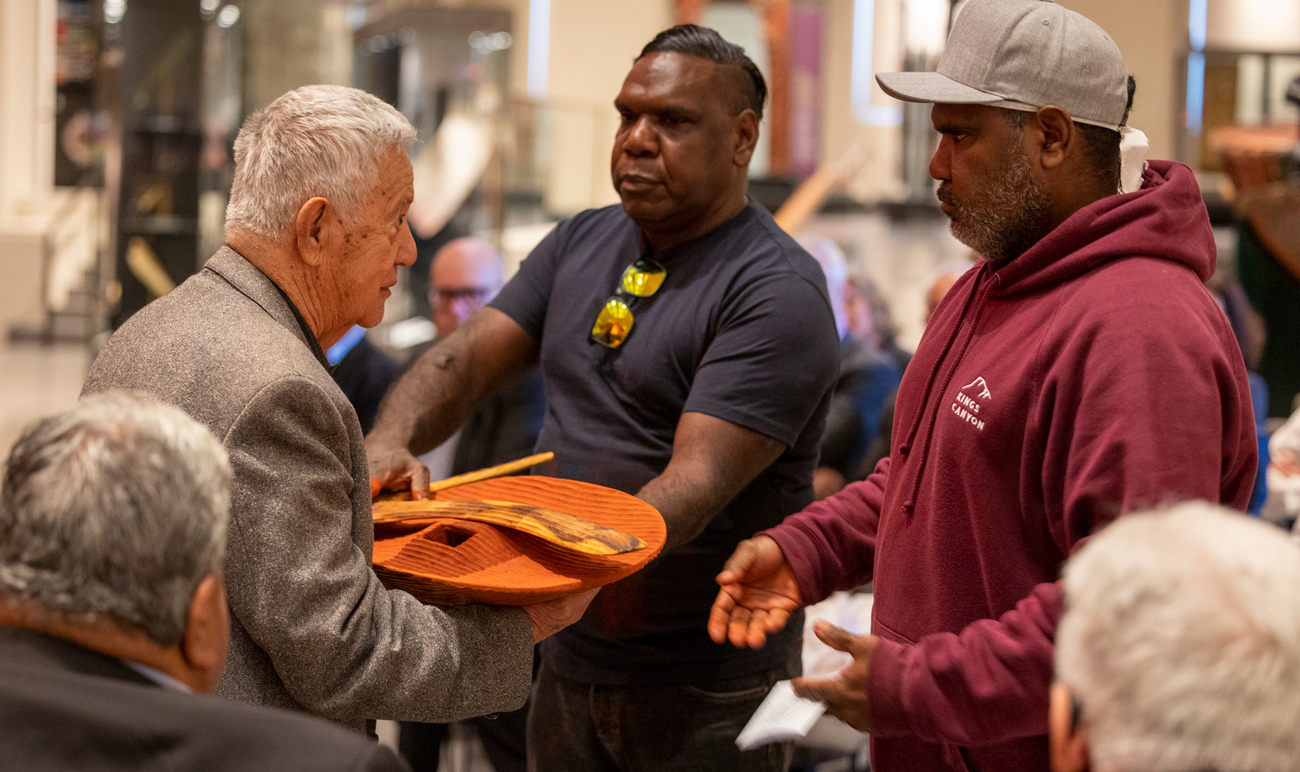For over 300 years, Aboriginal and Torres Strait Islander cultural heritage has been removed overseas and placed in museums, universities, and private collections.
In close cooperation with communities, AIATSIS is leading the Return of Cultural Heritage (RoCH) program to return Aboriginal and Torres Strait Islander cultural heritage material held overseas to Australia. AIATSIS facilitates the return of objects, photographs, audio-visual records, artwork and archival items to Aboriginal and Torres Strait Islander custodians. AIATSIS enables custodians to make decisions about their cultural heritage material and through the return process decided where and how their cultural heritage material is best cared for in the present.
The RoCH program:
- facilitates and secures the return of Aboriginal and Torres Strait Islander cultural heritage material from overseas to Australia
- enables Aboriginal and Torres Strait Islander communities to understand where their cultural heritage material is held overseas
- influences the development of changes to institutional repatriation practices, policy, and guidelines
- fosters relationships between overseas collecting institutions and Indigenous communities.
‘It’s not just the items, it’s the spirit attached, they were taken. The people who once owned them, their spirit went with them and they returned today. It’s a very, very powerful event and it helps in the cultural revival that’s going on.’
Murrandoo Yanner, Chairperson of the Gangalidda Garawa Native Title Aboriginal Corporation.
This important work supports the cultural resurgence of Australia’s First Nations’ peoples and will strengthen the signal both to the nation and globally that Aboriginal and Torres Strait Islander culture is respected, celebrated and valued.
The AIATSIS-led Return of Cultural Heritage initiative is funded by the National Indigenous Australians Agency.
Watch the videos below to hear about the importance of returning materials to Country

